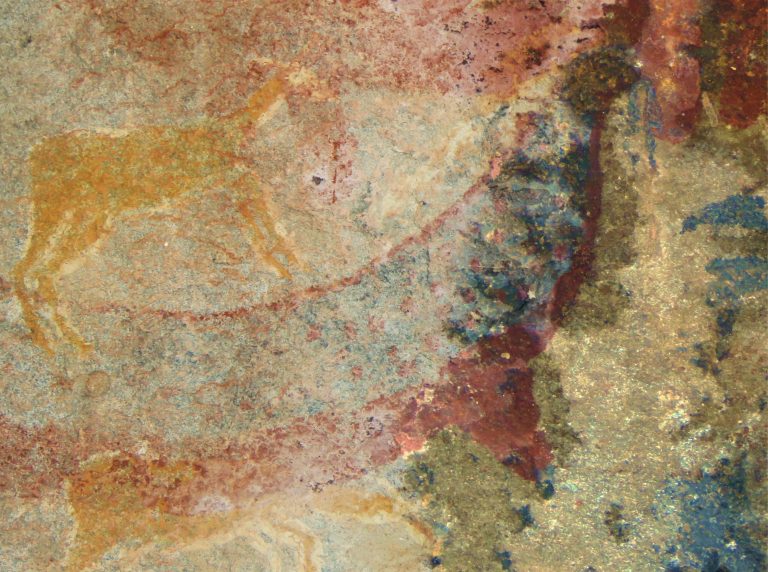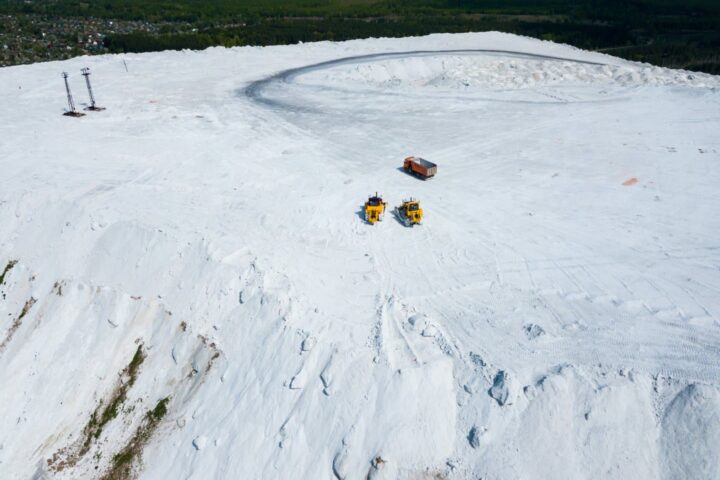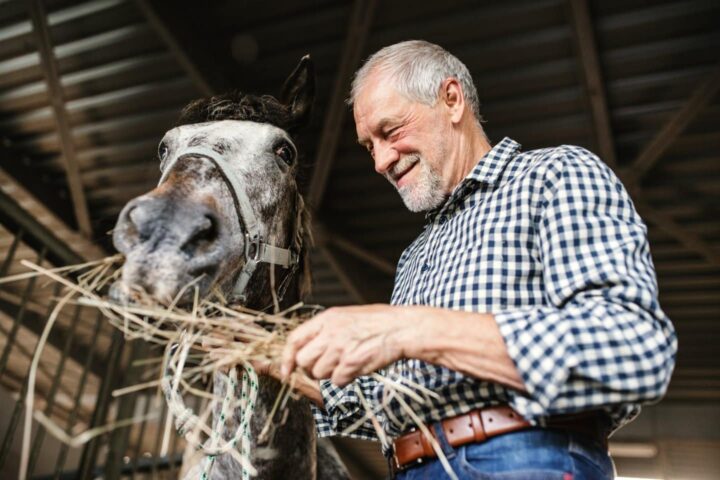A fascinating study published in PLOS ONE suggests that a mysterious, tusked animal depicted in 19th-century rock art in South Africa may be an ancient species whose fossils have been found in the same region.
The Discovery
Researcher Julien Benoit from the University of the Witwatersrand compared an 1800s painting by the San people to local fossils, revealing a striking similarity between the artwork and dicynodont fossils.
The Horned Serpent Panel
The rock art, created between 1821 and 1835, features a long-bodied animal with downward-turned tusks, unlike any modern species in the area.
Link to Dicynodont Fossils
Benoit’s analysis suggests that the tusked creature may have been inspired by dicynodonts, ancient animals that went extinct before dinosaurs emerged.
Significance
This finding:
- Predates scientific discovery: The rock art depiction of a dicynodont predates the first scientific description by Richard Owen in 1845 by at least ten years.
- Indigenous knowledge: Highlights the San people’s awareness and interpretation of fossils, integrated into their art and belief system.
- Cultural significance: Demonstrates the importance of indigenous cultures in understanding paleontology and fossil discovery.
Expert Insights
“This work supports that the first inhabitants of southern Africa, the San hunter-gatherers, discovered fossils, interpreted them, and integrated them into their rock art and belief system.” – Julien Benoit
Future Research Directions
- Indigenous paleontology: Investigate the extent of indigenous knowledge of fossils across Africa.
- Cultural significance: Explore the role of fossils in indigenous cultures and artwork.
Stay Informed
Subscribe to our blog for the latest updates on archaeological breakthroughs and research advancements.
Share Your Thoughts
How do you think indigenous cultures can contribute to our understanding of paleontology? Join the conversation in the comments below!

















